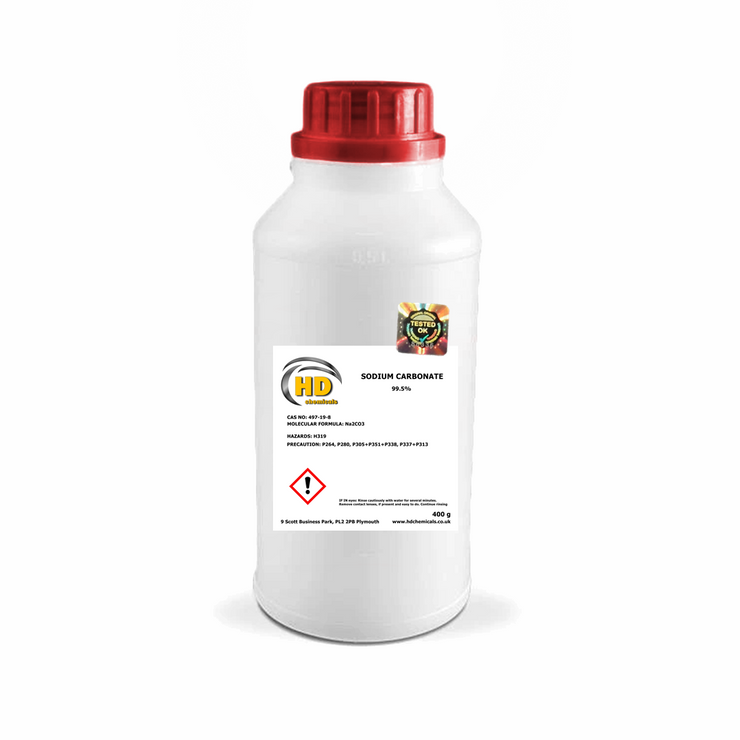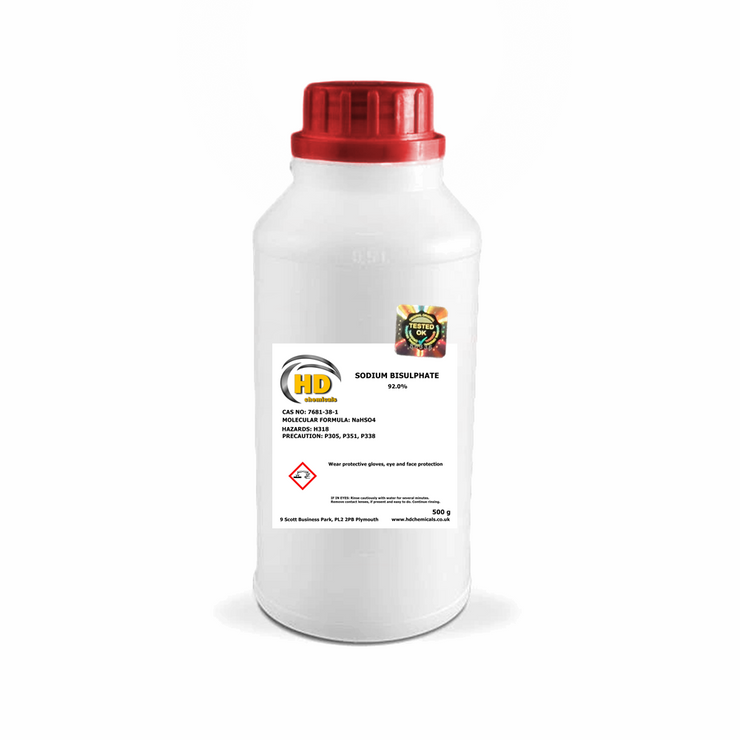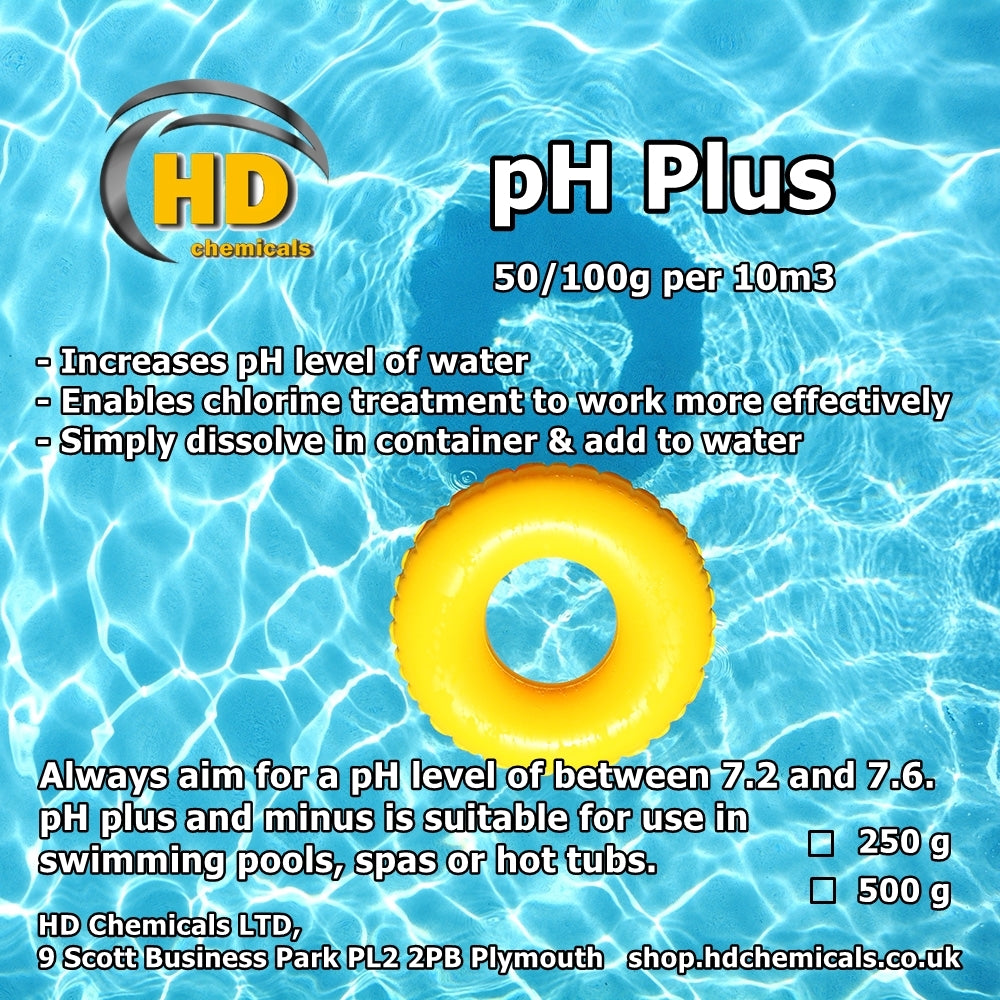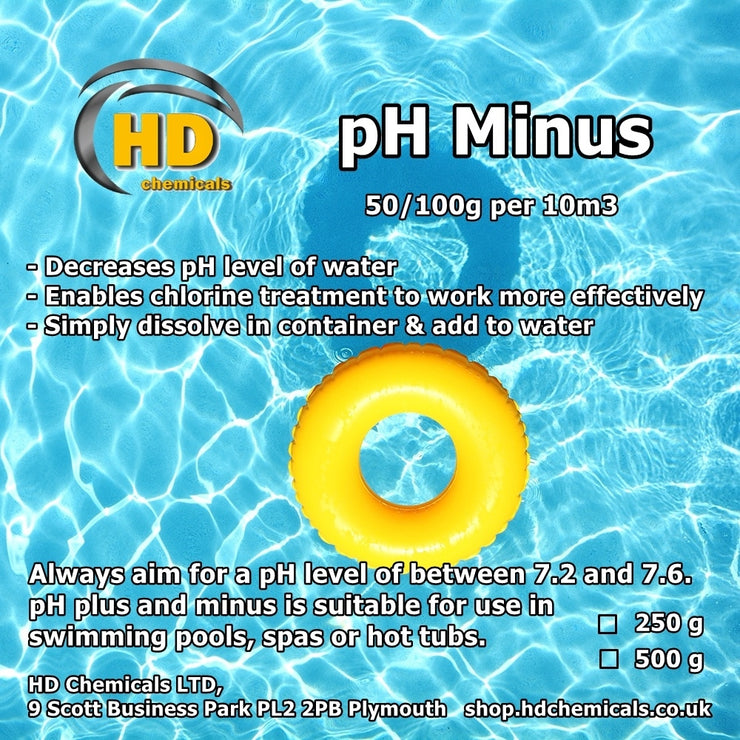Water chemistry plays a crucial role in various industries and applications, from swimming pools and aquariums to industrial processes. One of the key parameters in water chemistry is pH, which measures the acidity or alkalinity of a solution. In this blog post, we will explore the use of two common chemicals, sodium carbonate and sodium bisulfite, to increase and decrease pH levels, respectively.
Understanding pH:
Before delving into the specifics of using sodium carbonate and sodium bisulfite, let's briefly understand the concept of pH. The pH scale ranges from 0 to 14, with 7 being neutral. Values below 7 indicate acidity, while values above 7 signify alkalinity. Maintaining the desired pH level is crucial for the health and stability of aquatic environments, industrial processes, and more.
Increasing pH with Sodium Carbonate:

Sodium carbonate, also known as soda ash or washing soda, is a powerful alkaline substance commonly used to raise pH levels. Here's a step-by-step guide on how to increase pH using sodium carbonate:
-
Determine Current pH Level: Use a reliable pH testing kit to measure the current pH of the water.
-
Calculate Dosage: Based on the measured pH and the target pH level, calculate the required amount of sodium carbonate. It's essential to follow recommended guidelines to avoid over-correction.
-
Dissolve in Water: Dissolve the calculated amount of sodium carbonate in a separate container of water before adding it to the target system. This helps ensure even distribution.
-
Gradual Addition: Add the dissolved sodium carbonate slowly to the water while monitoring the pH. Avoid adding large quantities at once to prevent overshooting the target pH.
-
Recheck and Adjust: After allowing time for the sodium carbonate to distribute and react, retest the pH. If necessary, make additional adjustments until the desired pH level is reached.
Decreasing pH with Sodium Bisulfite:

Sodium bisulfite is commonly used to lower pH levels. It is essential for scenarios where water tends to be too alkaline. Follow these steps to decrease pH using sodium bisulfite:
-
Assess Current pH: Begin by measuring the current pH using a reliable testing kit.
-
Calculate Dosage: Determine the required amount of sodium bisulfite based on the current pH and the target pH level.
-
Dissolve in Water: Like with sodium carbonate, dissolve the calculated amount of sodium bisulfite in a separate container of water.
-
Add Gradually: Slowly introduce the dissolved sodium bisulfite into the water, monitoring the pH to avoid rapid changes.
-
Reevaluate and Fine-Tune: After giving the chemical time to react, retest the pH and make further adjustments if necessary until the desired pH level is achieved.
Maintaining optimal pH levels is critical for the health and stability of water systems. Sodium carbonate and sodium bisulfite are valuable tools for adjusting pH, but precision and careful monitoring are key to achieving the desired results. Whether you're managing a swimming pool, an aquarium, or an industrial process, mastering the art of pH control will contribute to the overall success and efficiency of your water management practices.
The exact ratios of chemicals required to adjust pH levels depend on several factors, including the initial pH of the water, the target pH, and the volume of water being treated. However, here are some general guidelines for using sodium carbonate and sodium bisulfite based on common scenarios:
Increasing pH with Sodium Carbonate:
-
For Swimming Pools:
- Initial pH: 7.2
- Target pH: 7.4-7.6
- Ratio: Start with 0.5 to 1.5 pounds of sodium carbonate per 10,000 gallons of water. Test and adjust as needed.
-
For Aquariums:
- Initial pH: 7.0
- Target pH: 7.5-8.0
- Ratio: Add 1 teaspoon of sodium carbonate per 20 gallons of water. Monitor and adjust based on test results.
Decreasing pH with Sodium Bisulfite:
-
For Swimming Pools:
- Initial pH: 8.0
- Target pH: 7.4-7.6
- Ratio: Start with 0.75 to 1.5 pounds of sodium bisulfite per 10,000 gallons of water. Test and adjust as needed.
-
For Aquariums:
- Initial pH: 8.2
- Target pH: 7.8-8.0
- Ratio: Add 0.5 to 1 gram of sodium bisulfite per 10 gallons of water. Monitor and adjust based on test results.
Important Notes:
- Always dissolve the chemicals in a separate container of water before adding them to the target system. This ensures even distribution.
- Test the pH after each adjustment and allow time for the chemicals to react before making additional changes.
- Follow manufacturer recommendations and guidelines for specific products to avoid over-correcting or causing imbalances.
Remember, these ratios are general guidelines, and actual requirements may vary. It's crucial to regularly monitor pH levels and make adjustments accordingly, ensuring a stable and healthy environment for aquatic systems or industrial processes.


